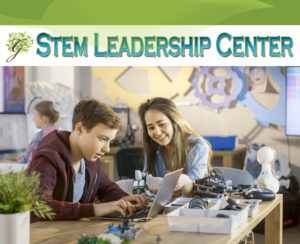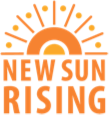We are getting there! Getting to a place where we engage students creatively as they master the crucial STEM concepts needed for today and tomorrow’s world. Walk with me for a few minutes to glimpse three unique approaches to the common core standards with focused and prioritized curriculum.
One approach that I have loved using for the last three years is the Robotics Academy Curriculum for the Lego Mindstorm and Vex IQ. While students are having fun programming robots, they are also applying mathematical concepts of diameter, circumference, polar coordinates and angles. The process engages students to not simply learn a formula to manipulate numbers on a page, but see the concepts played out as their robots travel across real and virtual terrains. Common Core gives a math teacher the opportunity to partner with (or borrow equipment from) the technology teacher for units that touch on any of the above.
Another company, the online math education game Ko’s Journey featured in the documentary The Greatest Story Problem Ever Told, focuses entirely on the one common core standard , Ratios & Proportional Relationships. Students spend 15 hours guiding the main character, Ko, on a virtual journey of survival and discover through the amazing mountains of the Andes.
Yet another is attempting to make inroads into the imaginations of this age group with a math curriculum tailored to student’s interests. Carnegie Learning took an interesting approach to passion based learning and has created curriculum that has phrased the standard problems addressed in middle and high school curriculum in contemporary interests and customizable characters, incorporated the frequent rewards associated with gaming, and used adaptive software to adapt instructions to a student’s weaknesses.
How do we begin, as teachers and parents, mentors and learning coaches, to evaluate and decide on whether a particular program will work? The flagship software of the above mentioned Carnegie Learning was given low marks by the 2010 Education Department’s What Works Clearinghouse, which said the program had “no discernible effects” on the standardized test scores of high school students. A 2011 New York Times article called into question the billions being spent on education software with the claims that many did not have statistically significant effects on test scores.
Is Engagement the Key?
Measuring success on a standardized test is one approach to looking at effectiveness. Alongside that approach, I am a strong proponent of longitudinal studies. One such study was of Australian students found that the key indicator for student success through 20 years of education and professional development was engagement. The more kids felt connected to their school community and not bored, the more likely they were to complete higher education and become professionals. This one factor was more important that their academic attainment or socio-economic background. An engaged child from a low socio-economic background, according to this longitudinal study, had better opportunities in life than a disengaged child from a more privileged background.
The importance of teacher/learning coach
Can I really tell in a camp, a class, a field trip, whether a child is engaged? I think I can see it in their body language, I can hear it in their voice, but then I recall that most advanced students have learned to modify their behavior in class so that they appear to be engaged while, in reality, they’ve intellectually checked-out. Online is even more difficult. Analytics help. Who is commenting, how long do they stay on a page, what do they click on, offer a glimpse, but this engagement is even easier to fake. The most important gauge is how much of their individual creativity was poured into an assignment or project?
Engagement is a challenge to all efforts of education. What works with one student is not a panacea for what will work with all. The adaptability of software to track and maintain engagement is not able to reach a child who is hungry or exhausted, depressed, anxious, or otherwise unable to focus. Engagement is a cognitively taxing mental state.
That leads me back to this new age of education. Behind the scenes, collecting the data, and building in iterative results-based steps is a new generation of education professionals. There are many, but let me share the details of just one of my personal heroes, Jo Boaler. Jo is a Stanford Mathematics Education Professor mathematics professor, a consultant for Udacity, and author of What’s Math Got to Do with It?: How Parents and Teachers Can Help Children Learn to Love Their Least Favorite Subject and The Elephant in the Classroom: Helping Children Learn and Love Maths. Reading through her material, I am challenged to augment the robotics curriculum with discussions of real world robots and the epic fails and outstanding successes with the very mathematics we are learning of math, I am reinforced to spend the time developing inquiry based learning, and challenged to evaluate my curriculum designs to inspire, challenge and deepen students’ engagement.
If you are local, Jo is one of the keynotes at the Feb 13 Network Connections event at the Carnegie Science Center.



